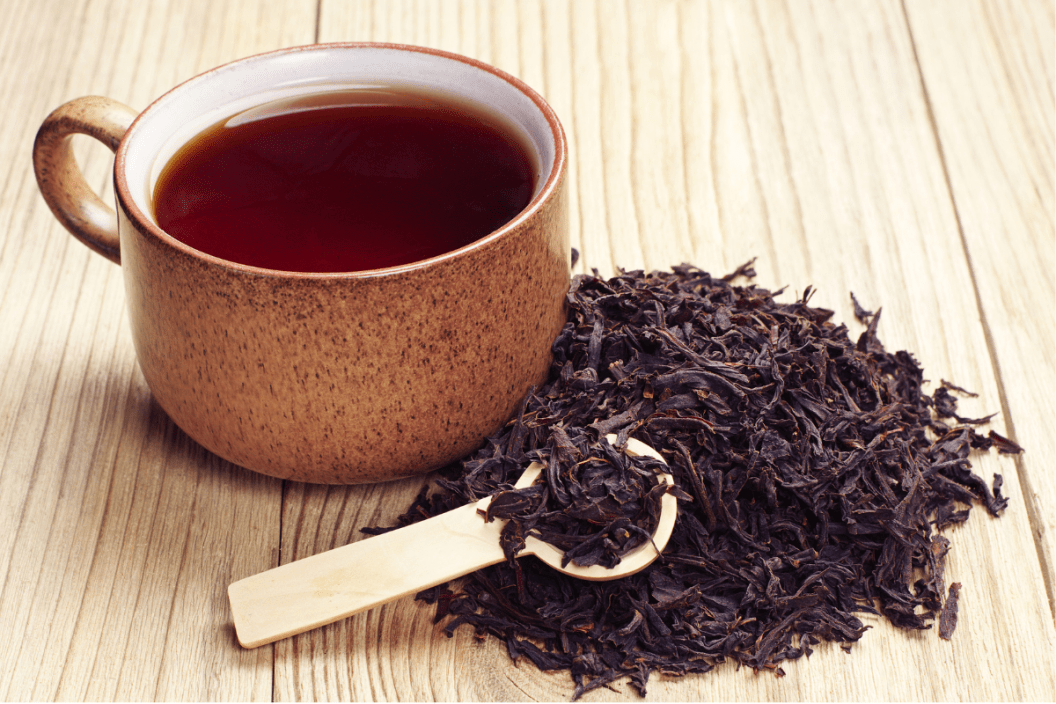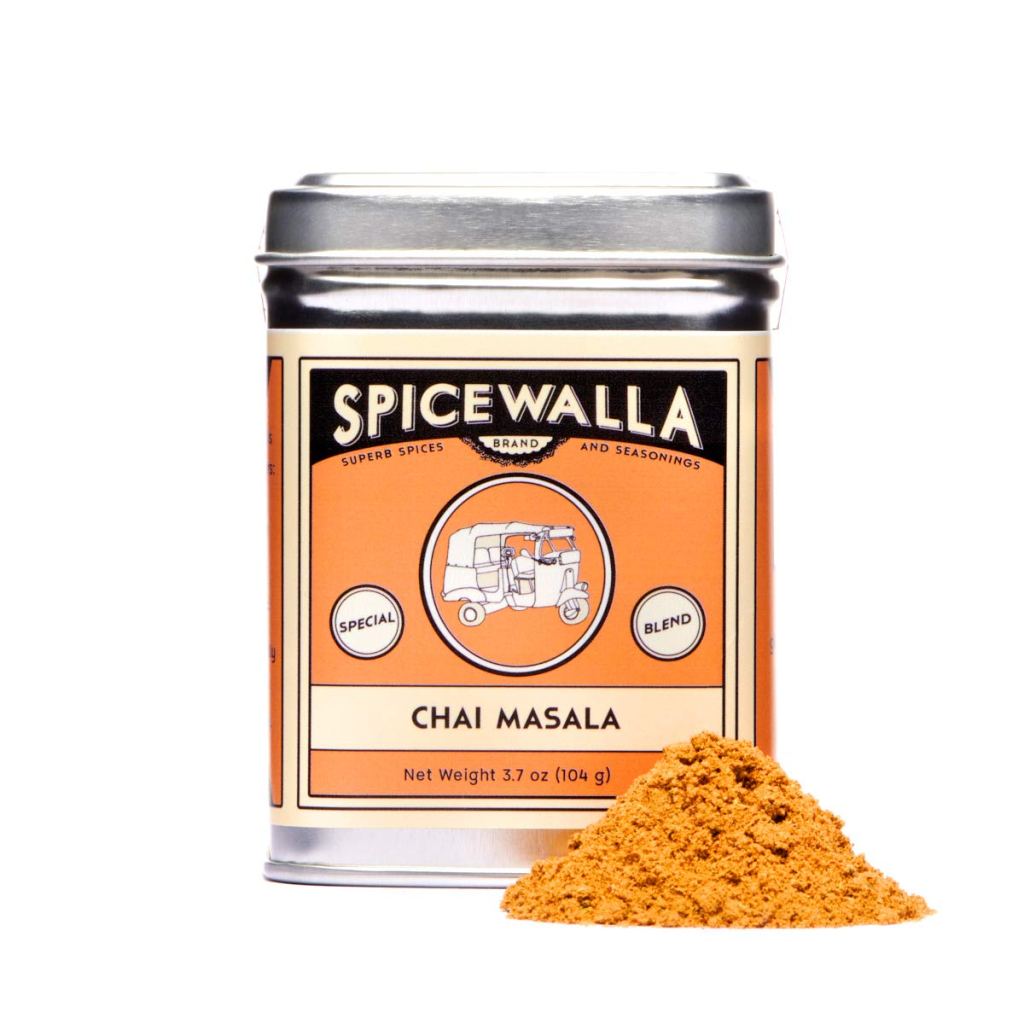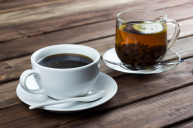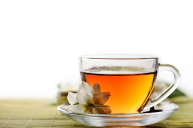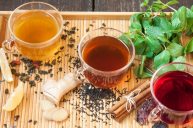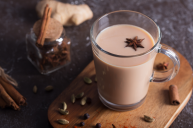Although some people wake up each day full of energy, many of us need a little help to shake off the sleep and be ready for the day. Coffee is an easy go-to, but sometimes we want something a little less potent. Caffeinated tea is another great option for a boost of energy, whether it's early morning or a sleepy afternoon.
Videos by Wide Open Country
There are many reasons to cut back on caffeine intake. Drinking too much caffeine can cause caffeine jitters, insomnia, headaches, and more. Coffee has a high caffeine content, with an average cup of coffee containing anywhere between 95 and 200 milligrams of caffeine. For an energy boost that doesn't leave you anxious and jittery, caffeinated tea is a great alternative.
What Tea Is Caffeinated?
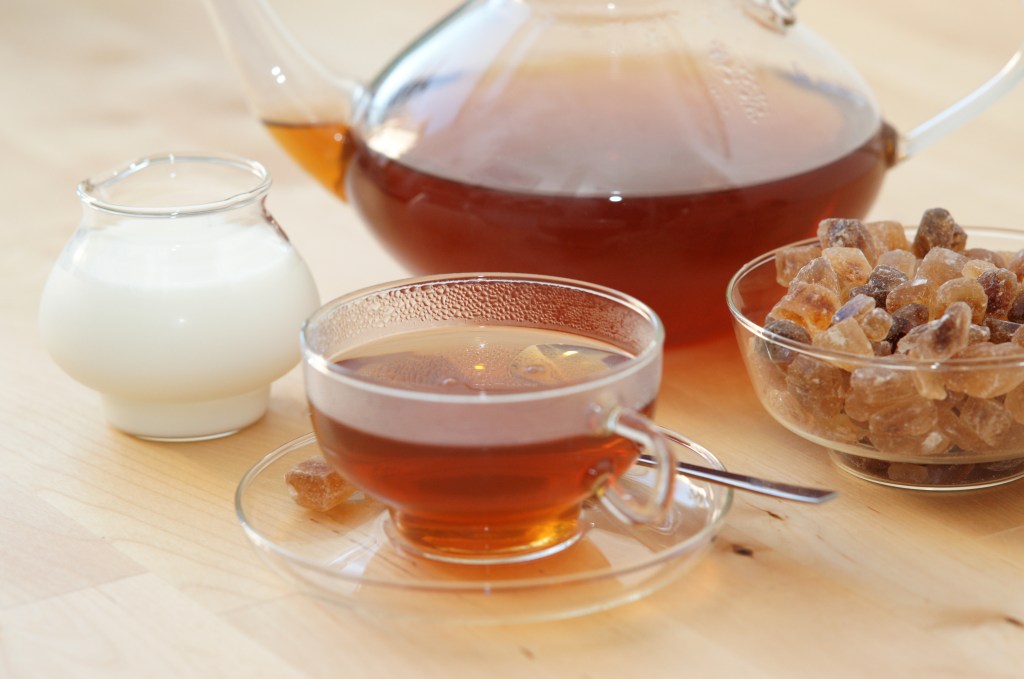
Getty Images/cirquedesprit
There are many different teas out there, and not all of them provide the caffeine you might want to start the day. In fact, many herbal teas like chamomile, peppermint and rooibos tea are used for relaxation rather than energy. The best way to check if your tea is caffeinated is to look at the box- if it says caffeine-free, it's not the tea to choose to wake up in the morning.
Some of the most popular caffeinated teas are black tea, green tea, chai tea, and earl grey. Each of these provides a different flavor and caffeine level, so you can choose which works for you.
Black Tea
Black tea is the most popular caffeinated tea, found in English breakfast tea, and is often the base of iced tea. There are typically 40 to 70 milligrams of caffeine in one serving, which is 8 ounces. However, many cups are bigger than 8 ounces, so your morning cup of black tea probably contains closer to 70 mg of caffeine. Although it depends on the brand, this high caffeine tea is often described as smoky, earthy, spicy, and a little bit fruity.
Green Tea
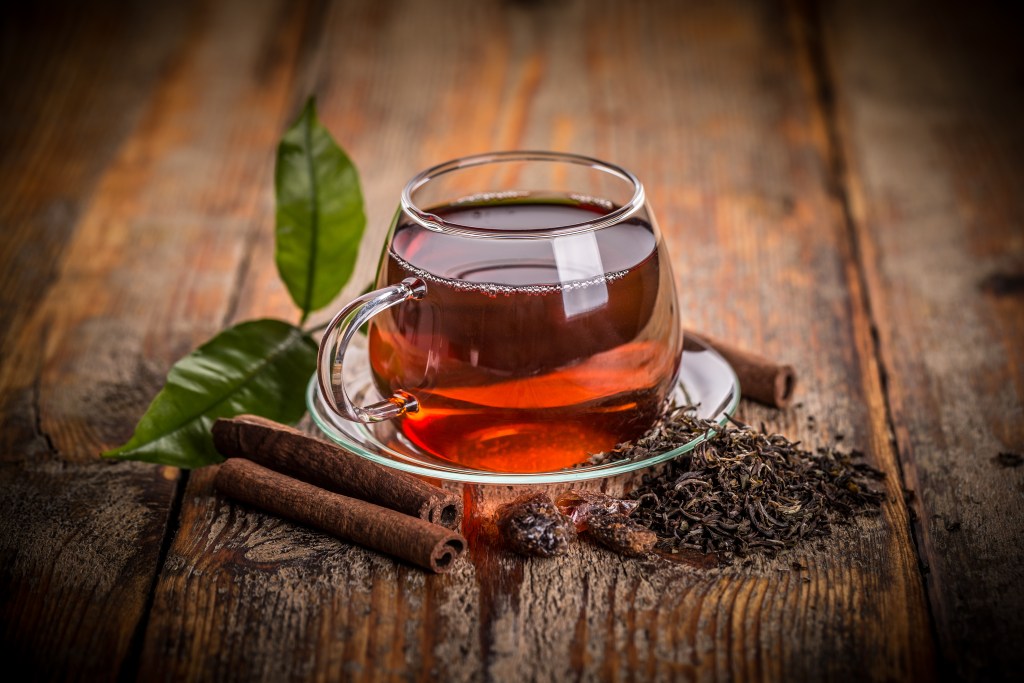
Getty Images/
grafvision
Green tea is another tasty option, and it has less caffeine content than black tea. This makes green tea a good way to decrease your caffeine intake while still getting a little morning boost. Green tea has 45 to 45 milligrams per 8 ounce serving, and tastes lighter and milder than black tea. Both black tea and green tea have a number of health benefits, containing vitamins, minerals and antioxidants.
Earl Grey
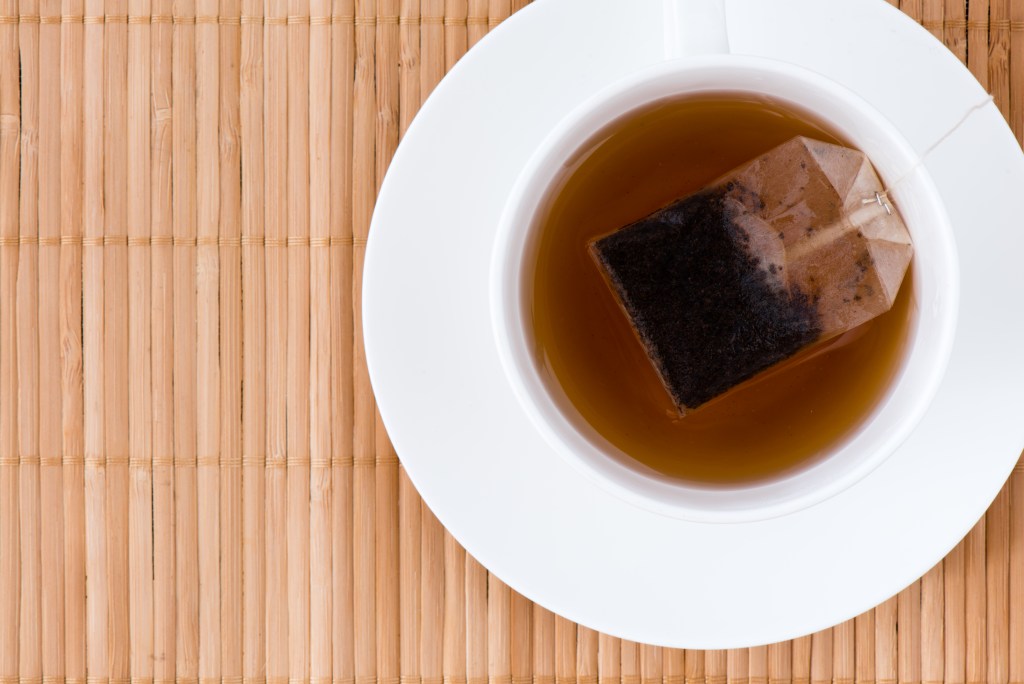
Getty Images/eriyalim
Earl grey is known for its citrusy, floral flavor, ideal for those who dislike the bitterness of black tea. This tea variety has about 40 to 120 mg of caffeine depending on the cup of tea. Earl grey has been shown to boost the immune system and promote heart health, which is just another reason to choose it over an energy drink, espresso or a latte.
Oolong Tea
Although oolong tea isn't as popular throughout the United States, it's another yummy caffeinated tea to enjoy in the morning. Oolong tea is a traditional Chinese tea, and it has a more complex flavor than black tea or green tea. One cup of oolong tea has 37 to 55 mg of caffeine. Oolong tea is also known for its antioxidants, making it a good choice for those focusing on wellness.
Chai Tea
Chai tea is actually just black tea with spices and sweetener. Since this is a blend, it has a lower caffeine content than straight back tea, containing 25 to 55 mg per serving. Chai tea is often in a chai latte, but it's equally delicious as a cup of tea. Chai tea is perfect for those who enjoy the taste of warm spices.
White Tea
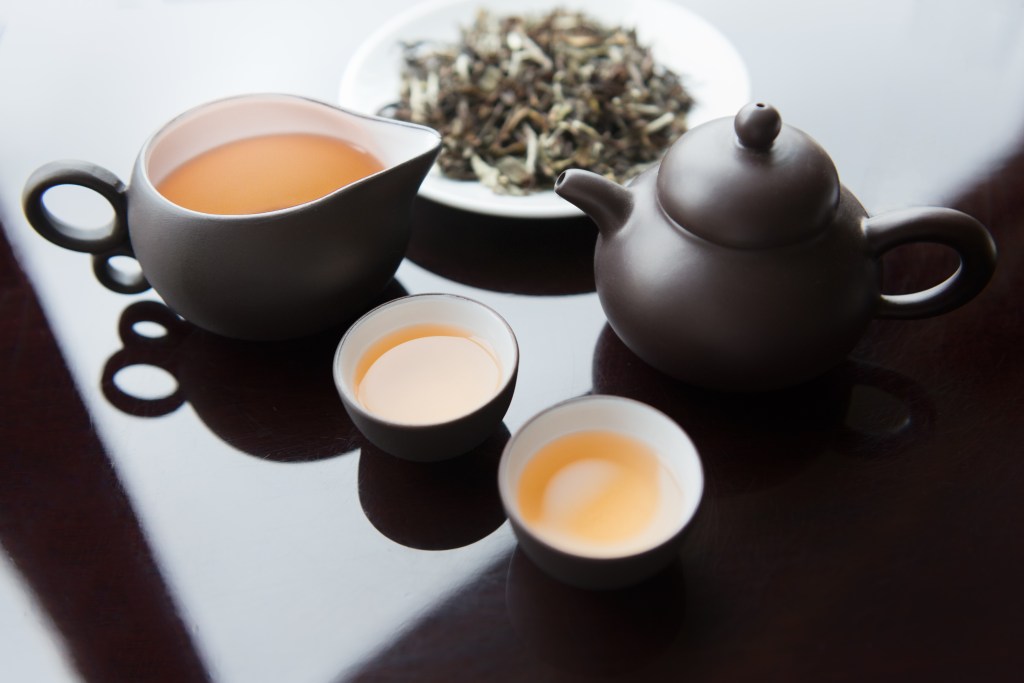
Getty Images/PamelaJoeMcFarlane
This type of tea has the smallest amount of caffeine of all caffeine teas, containing only 25 to 30 milligrams per serving. This tea variety is popular because it's less processed than most other kinds, but it probably won't provide much energy. However, this is another good option for anyone looking to reduce caffeine intake.
What is the Best Way to Make Caffeinated Tea?
The easiest way to enjoy a cup of caffeinated tea is to use premade tea bags. Place a tea bag in an empty mug, and boil hot water in the tea kettle or electric kettle. Once the water is boiling, pour over the tea bag. Let the tea steep. Herbal and black teas should typically be left to steep for 4 to 5 minutes, while green tea and white tea should steep for 3 to 4 minutes. If you like, add honey or milk to your tea.
Loose leaf tea is another way to go, and is considered to be a higher quality than tea bags. To make loose leaf tea, you'll use the actual tea leaves rather than bags. Check out how to make loose leaf tea at Artful Tea.
